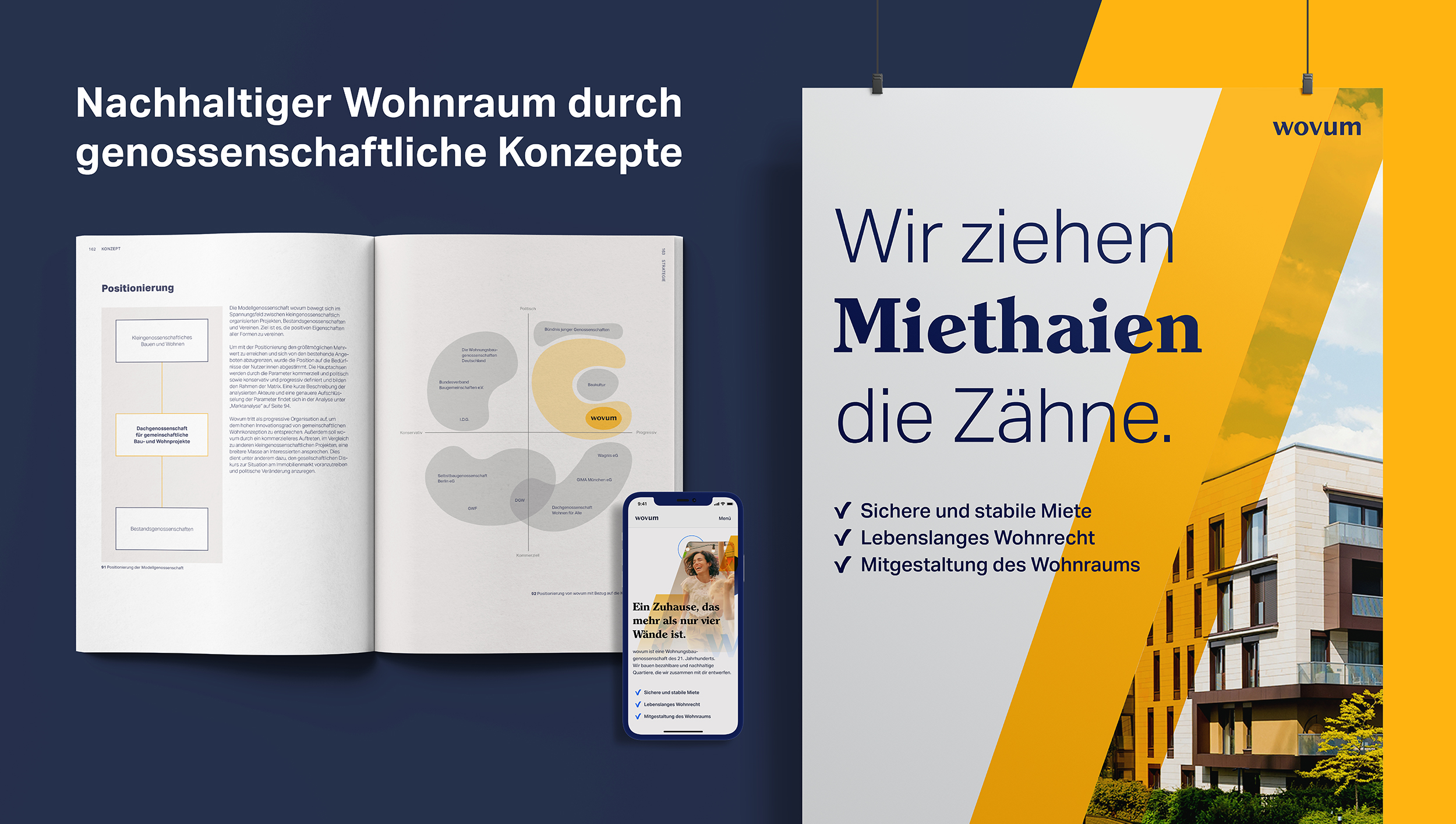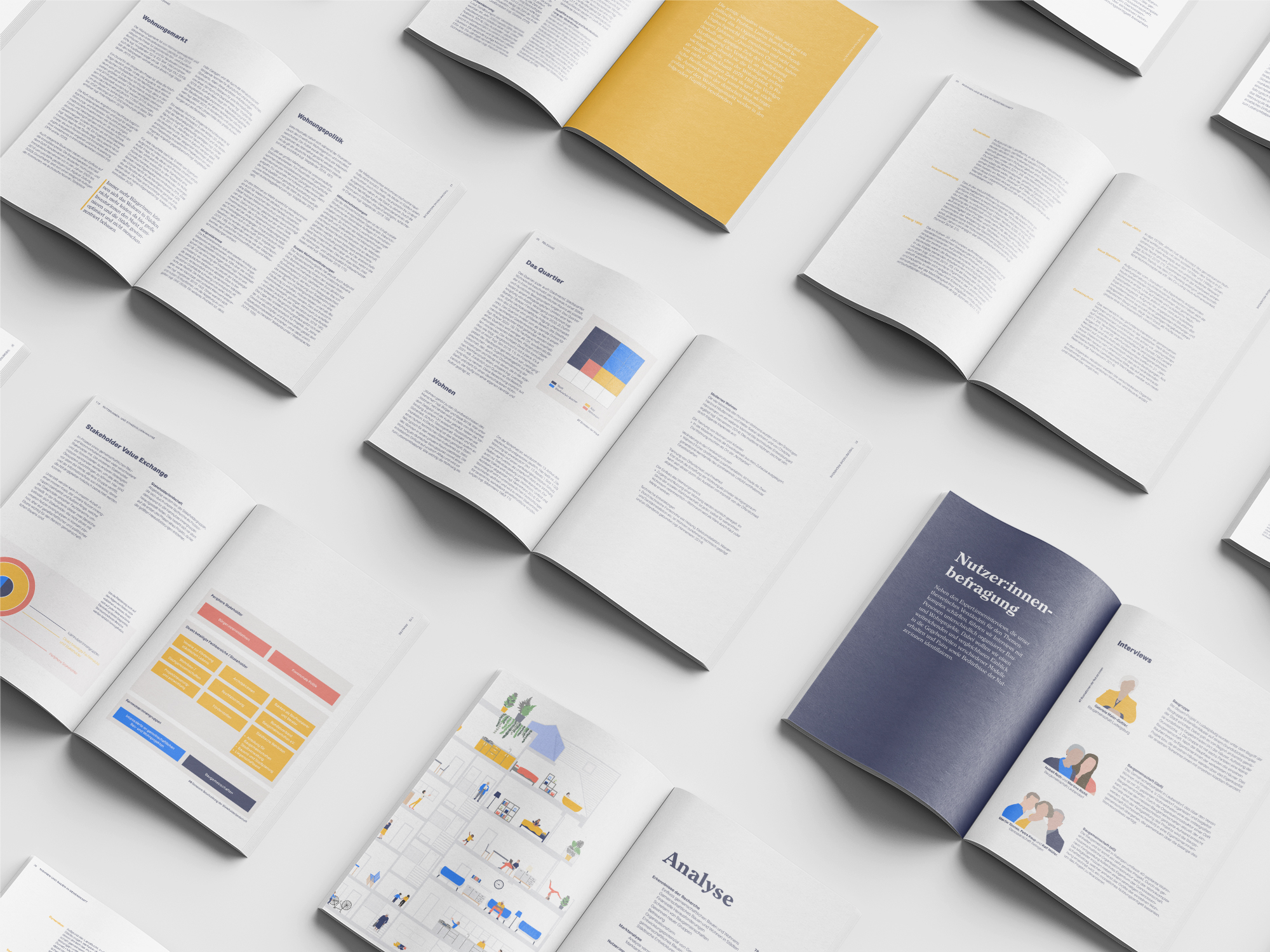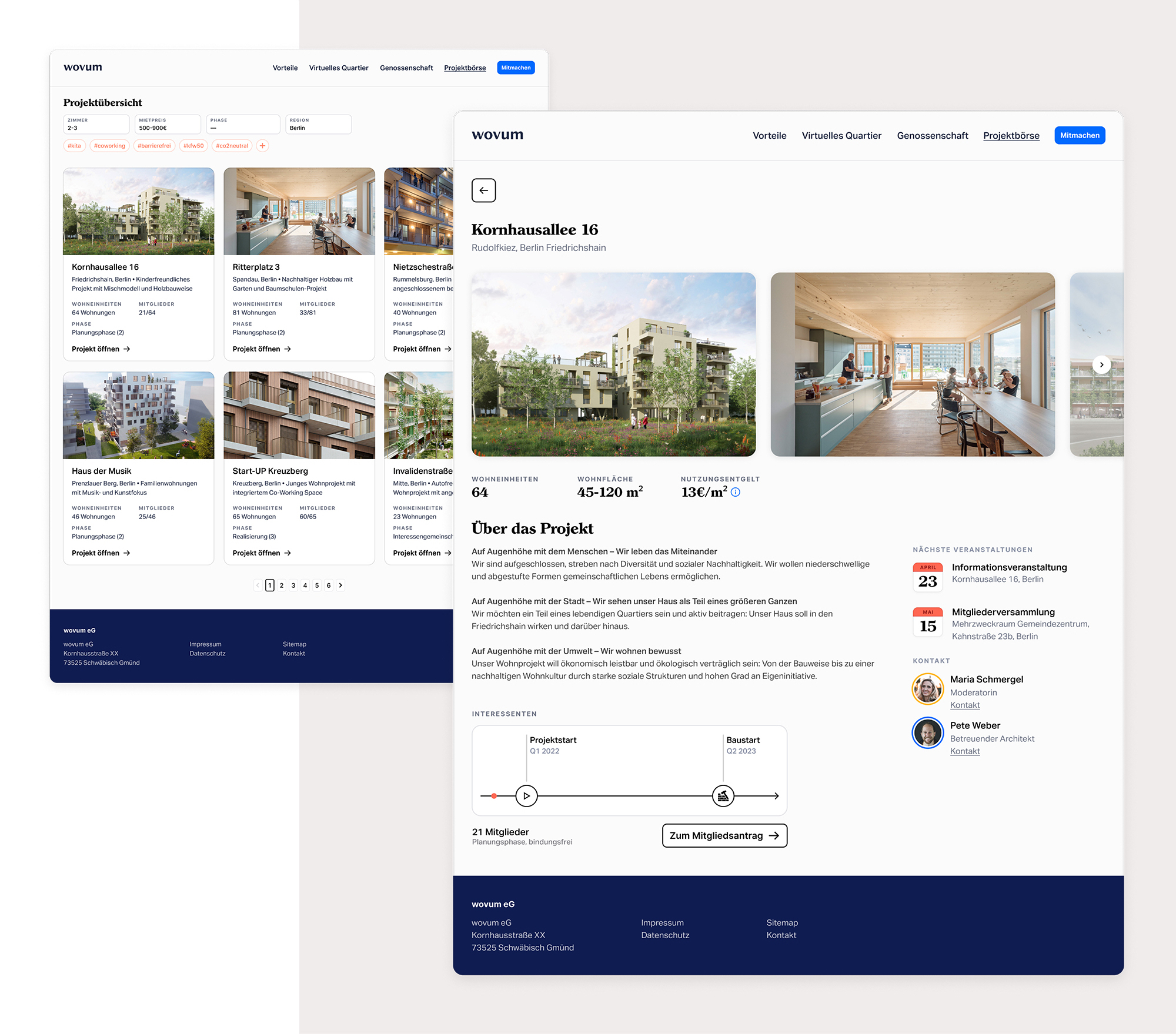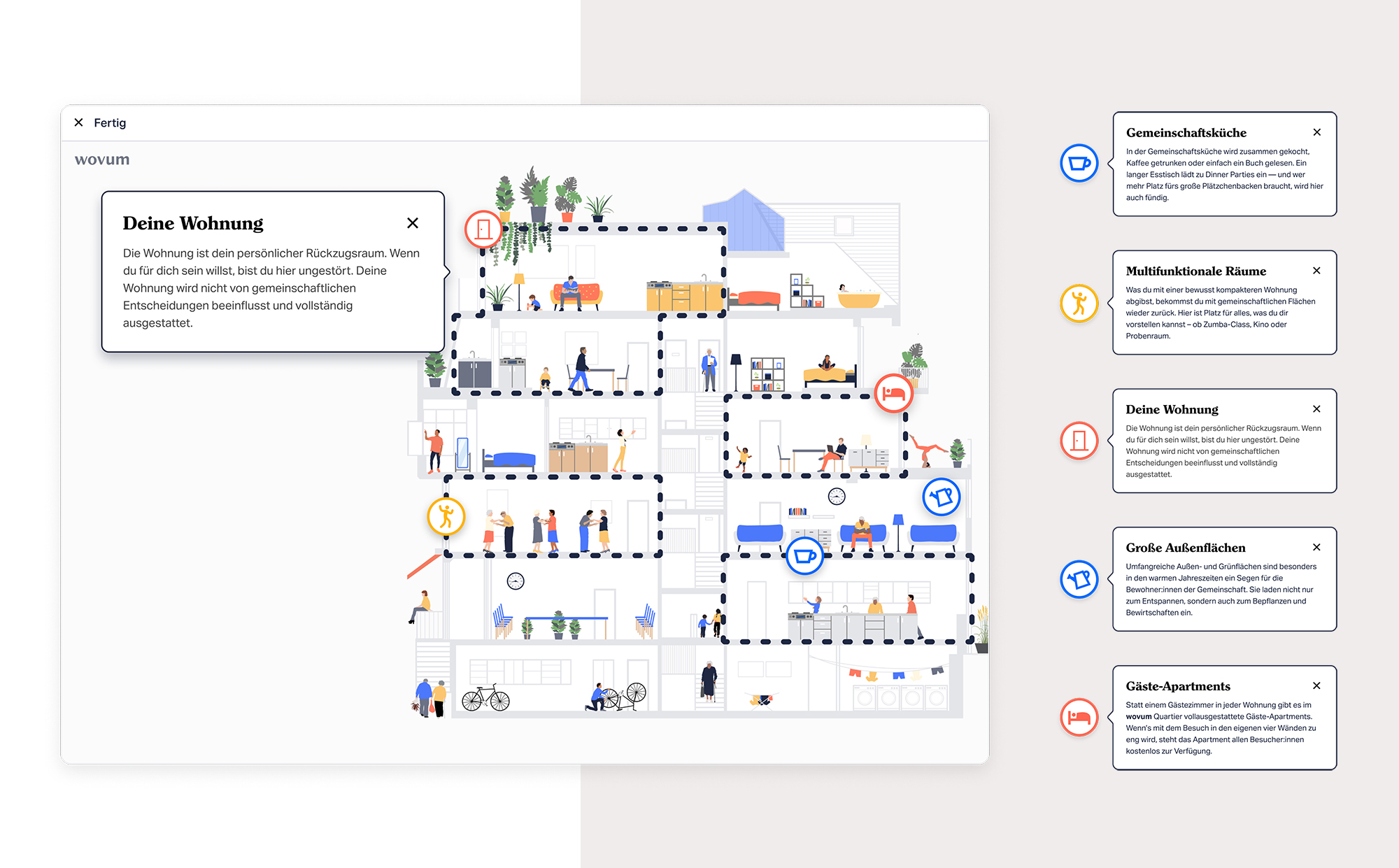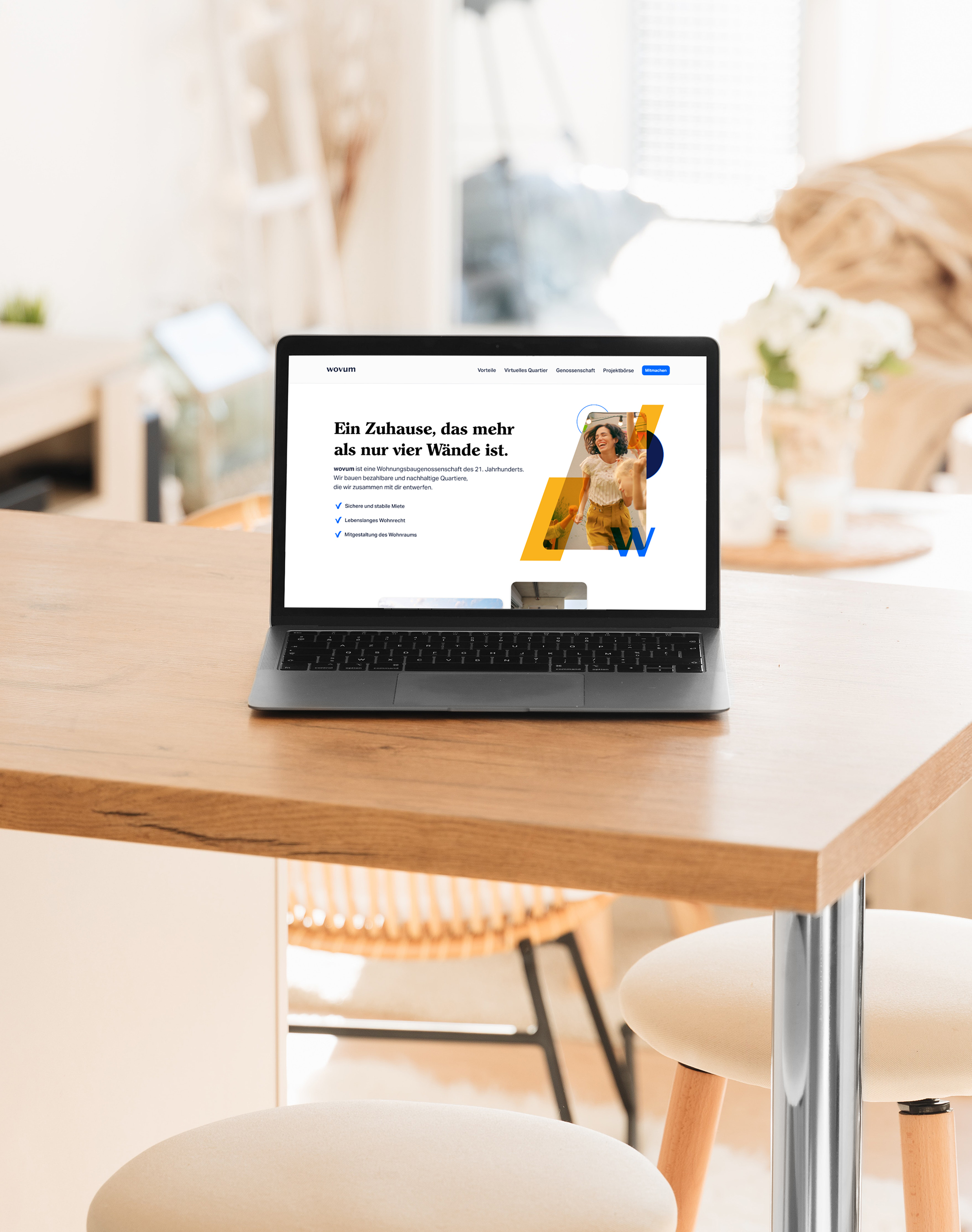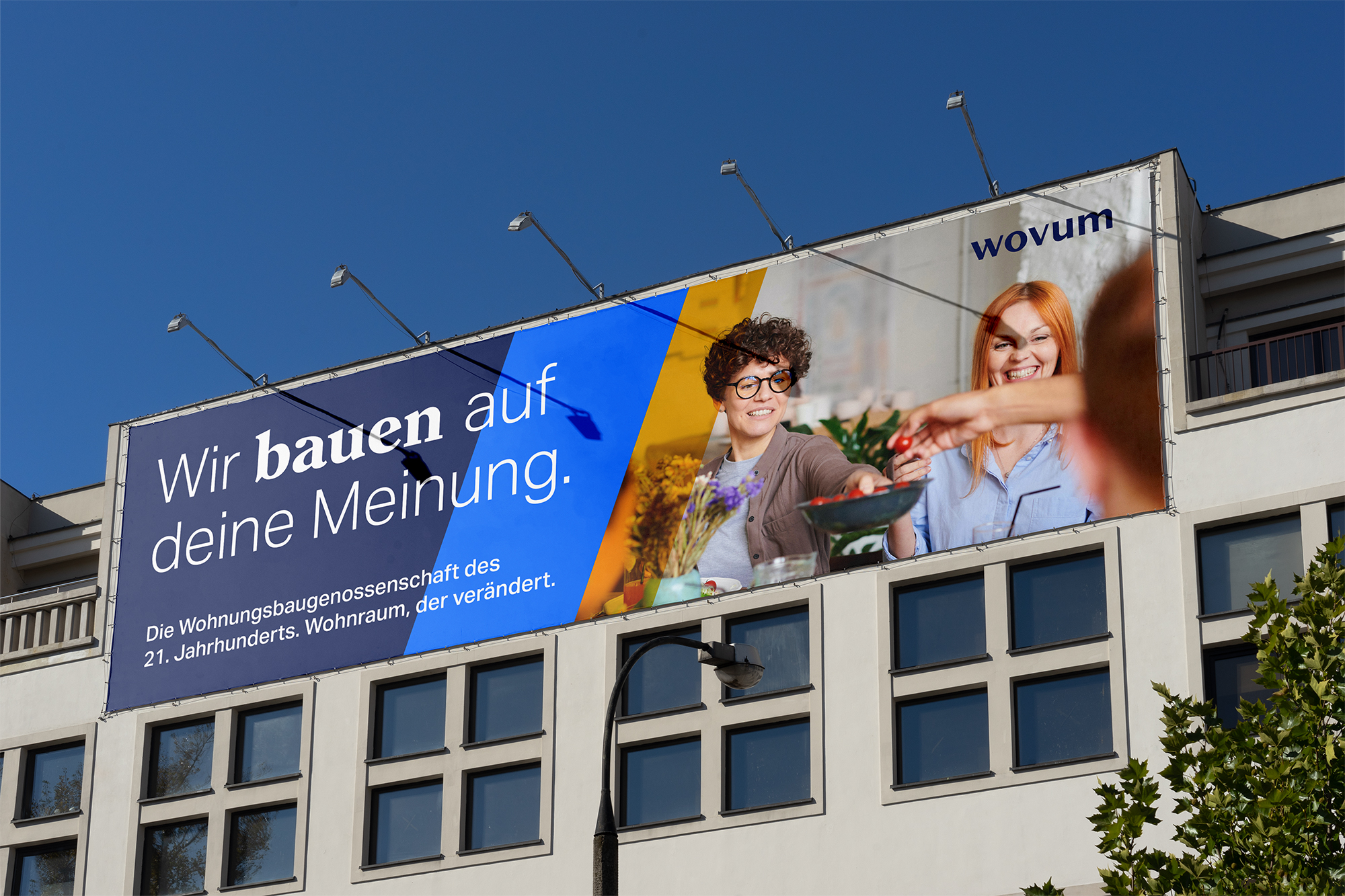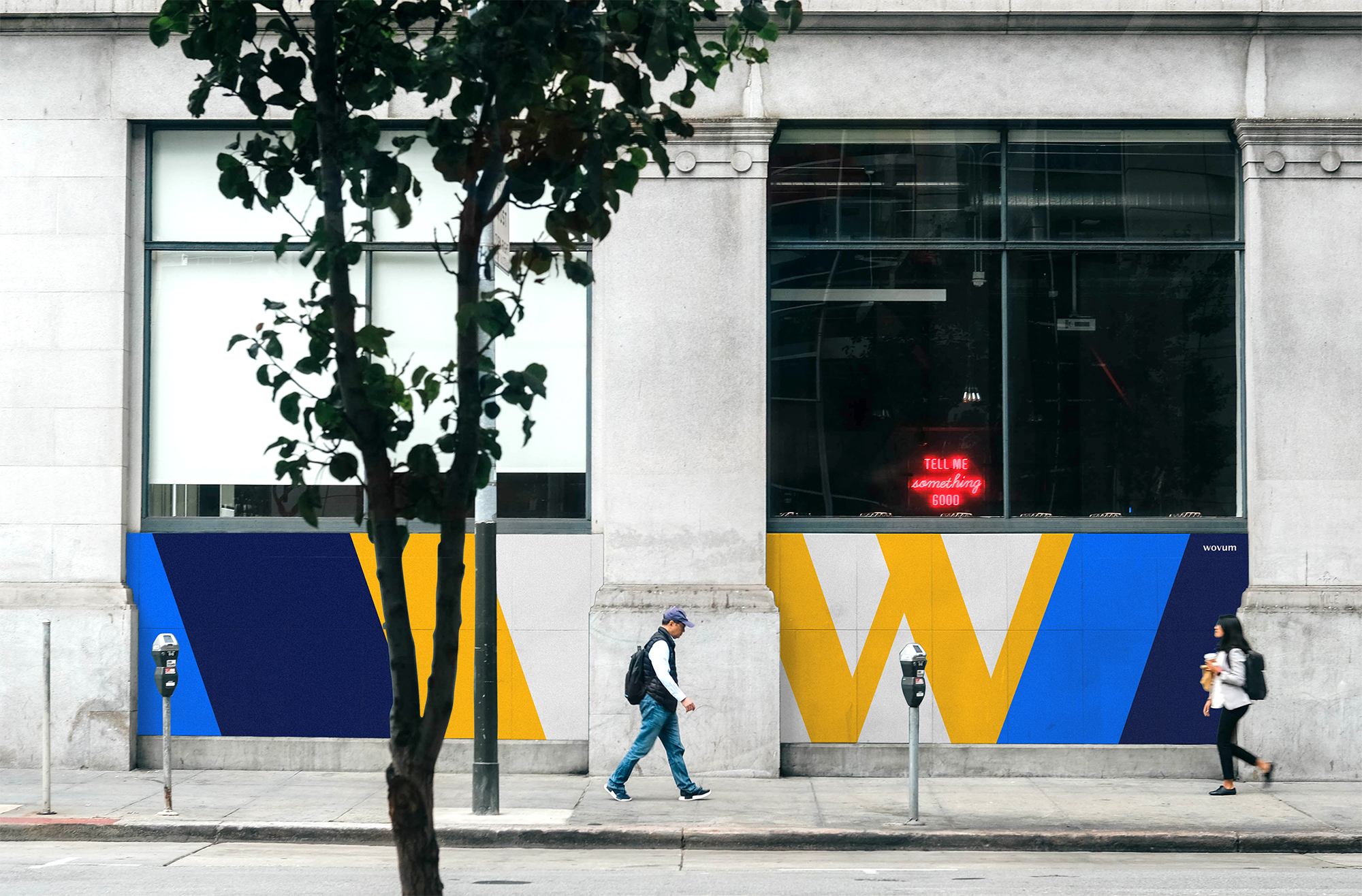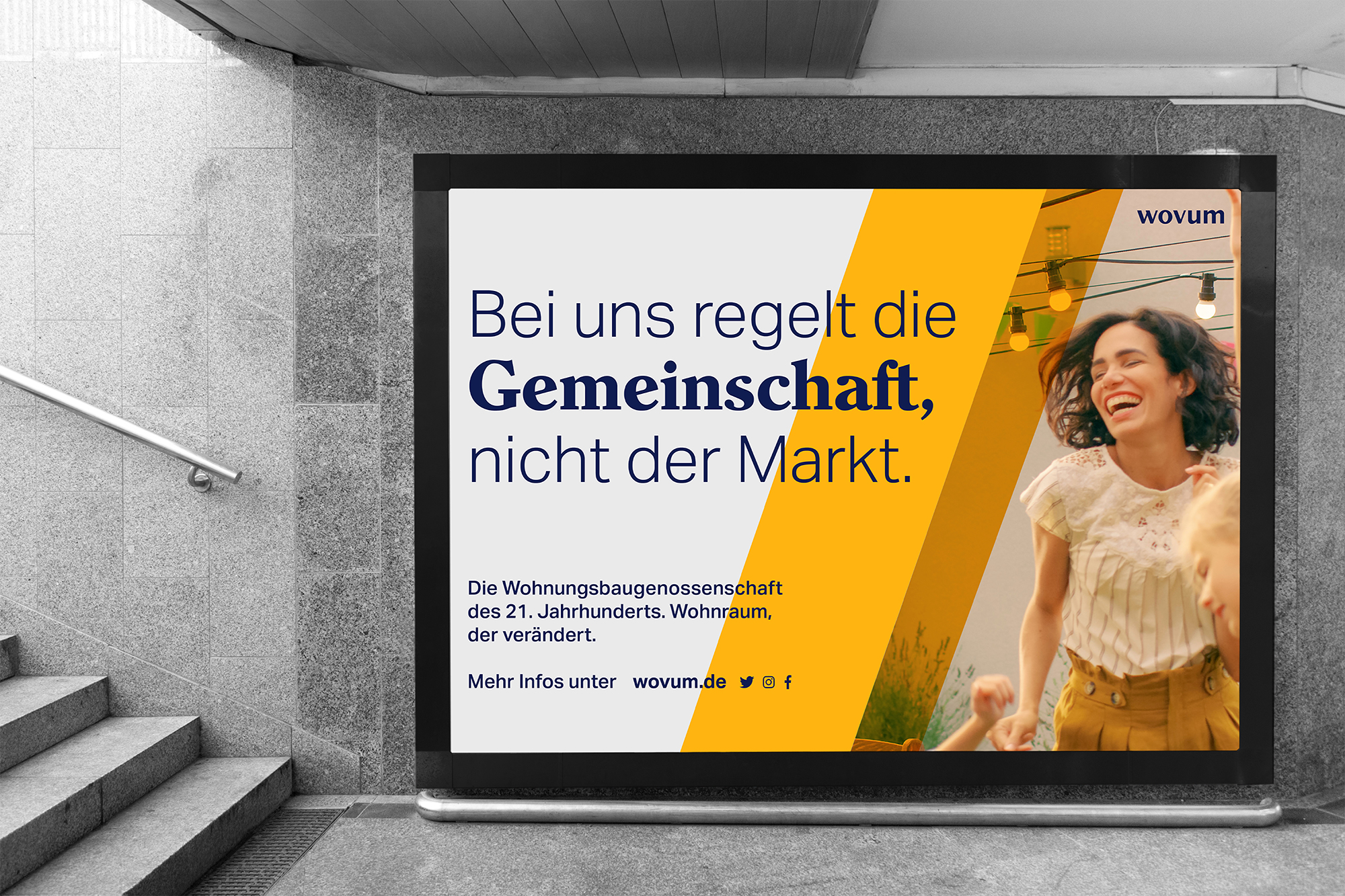English version below
Die Situation auf den Wohnungsmärkten vieler deutscher Städte spitzt sich immer weiter zu. Der Zuzug ist seit Jahrzehnten ununterbrochen – dabei liegt Wohneigentum immer öfter in den Händen von Investmentfirmen, deren Prioritäten nicht den Bewohner:innen, sondern den Gewinnen gelten. Wandlungsfähige Städte – auch resiliente Städte genannt – werden angesichts der wachsenden Bevölkerungszahlen von substanzieller Bedeutung für das zukünftige Zusammenleben.
Eine Möglichkeit, Städte resilienter zu gestalten und eine soziale Stadtentwicklung zu begünstigen, ist durch gemeinschaftliche Lebensstile und dem Organisieren von Wohneigentum mittels Genossenschaften. Die wachsende Zahl der Projekte dieser Bereiche des Wohnungsmarktes sind voller Potenzial und Innovationen.
Unsere Masterarbeit zeigt beispielhaft, wie durch Genossenschaften gemeinschaftliche Bau- und Wohnformen gefördert und somit der Grundstein für eine nachhaltige und soziale Stadtentwicklung gelegt werden kann.
Wir arbeiten mit den Werkzeugen der strategischen Gestaltung, welche systematische Methodik und Konzentration auf Nutzer:innen unter Berücksichtigung unternehmerischer Ziele verbindet. Angestrebt wird eine inklusive Wohnraumgestaltung, die für alle Bewohner:innen einer Stadt zugänglich ist und gemeinschaftliche Mehrwerte schafft.
Mit unserer Masterthesis haben wir es uns zum Ziel gesetzt, einerseits das Bewusstsein und die Aufmerksamkeit für genossenschaftlich organisierte Bau- und Wohnprojekte anzuregen und andererseits mit greifbaren Konzepten und Lösungsansätzen zur Weiterentwicklung beizutragen.
Als Ergebnis unseres Gestaltungsprozesses soll die Modellgenossenschaft wovum aufzeigen, wie die im Laufe der Arbeit identifizierten Handlungsspielräume in die Praxis umgesetzt werden können. Dies soll durch die Visualisierung der theoretisch aufgearbeiteten Erkenntnisse bei der Einordnung helfen. Die exemplarische Auseinandersetzung dient dabei nicht nur zur Lösung der bestehenden Probleme, sondern als mögliches Zukunftsszenario, um mittelfristig den Anteil gemeinschaftlicher Wohnkonzepte auf dem Wohnungsmarkt und den Wirkungsbereich von Genossenschaften zu erhöhen.
Neben der Dokumentation unserer Arbeit veröffentlichen wir auf wovum.de eine kompaktere Version unserer Masterthesis.
English
The housing situation in many German cities is getting worse. The influx has been uninterrupted for decades - and home ownership is more and more often in the hands of investment companies whose priorities are not the residents, but the profits. Versatile cities - also known as resilient cities - are becoming of substantial importance for future coexistence in respect of the growing population.
One possibility of making cities more resilient and promoting social urban development is through communal lifestyles and the organization of residential property through cooperatives, so called Genossenschaften. The growing number of projects in these areas of the housing market are full of potential and innovations.
Our master thesis exemplarily shows how cooperatives can promote common forms of construction and living and thus lay the foundation for sustainable and social urban development.
We work with the tools of strategic design, which combine systematic methodology and focus on users, taking into account corporate goals. The aim is to create an inclusive living space design that is accessible to all residents of a city and that creates added value for the community.
With our master thesis, we set ourselves the goal, on the one hand, to stimulate awareness and attention for cooperatively organized construction and housing projects and, on the other hand, to contribute to further development with tangible concepts and solutions.
As a result of our design process the mockup-cooperative showcases, how the room for maneuver identified in the course of the work can be implemented in practice. The visualization of the theoretically processed findings helps to facilitate understanding. The exemplary work not only serves to solve the existing problems, but also as a possible future scenario in order to increase the share of communal living concepts on the housing market and the scope of cooperatives in the medium term.
In addition to the documentation of our work, we published a more compact version of our master thesis on www.wovum.de [German].
